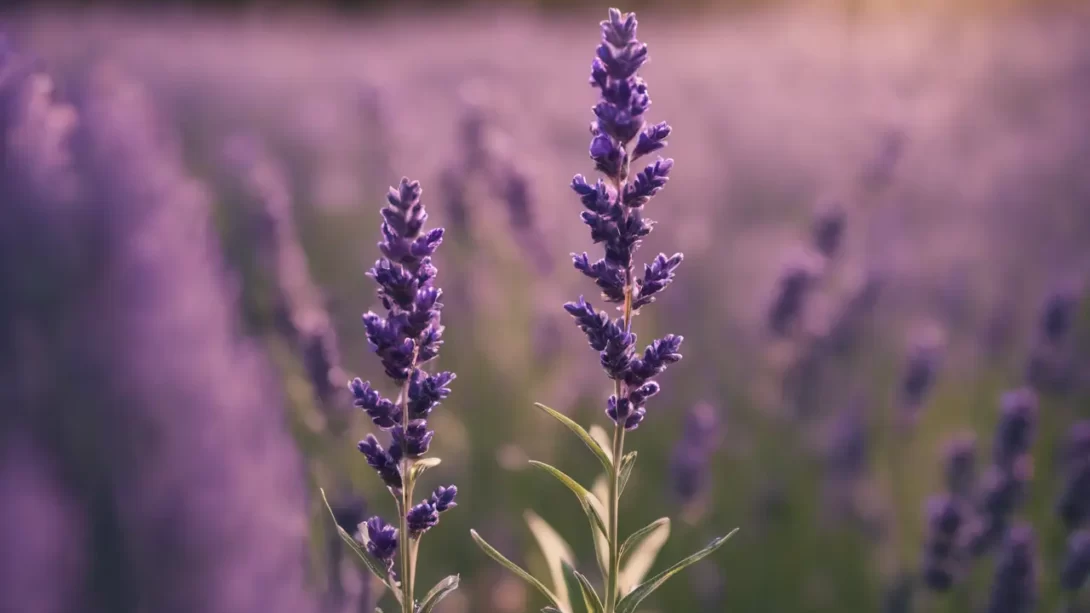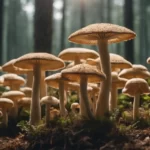Lavender, renowned for its fragrant flowers and calming properties, is a staple in gardens and homes worldwide. However, the leaves of the lavender plant, often overshadowed by the popularity of its blooms, possess their own unique qualities and uses. This article will explore the various applications of lavender leaves, from culinary delights to medicinal benefits, highlighting their versatility and value.
Lavender and Its Varieties
Lavender, a member of the mint family, is known for its aromatic flowers and silvery-green foliage. There are several varieties, including English lavender (Lavandula angustifolia), French lavender (Lavandula stoechas), and Spanish lavender (Lavandula latifolia), each with distinct characteristics. The leaves of these plants, though less celebrated than the flowers, are aromatic and can be used in various ways. They tend to have a milder scent compared to the flowers but still retain the quintessential lavender aroma.
Culinary Uses of Lavender Leaves
Lavender leaves can add a unique flavor to a range of culinary creations:
- Infusing Oils and Vinegars: The leaves can be steeped in oils or vinegars to impart a subtle lavender flavor, perfect for salad dressings or cooking.
- Flavoring in Baking and Savory Dishes: Finely chopped lavender leaves can be used in baking or to add a twist to savory dishes. They pair well with herbs like thyme and rosemary, offering a delicate, floral note.
When using lavender leaves in cooking, it’s important to balance their flavor to ensure they complement rather than overwhelm the dish. A little goes a long way due to their potent aroma.
Medicinal Benefits of Lavender Leaves
Lavender leaves have been used for their medicinal properties for centuries. They offer a range of health benefits:
- Stress and Anxiety Relief: Like the flowers, lavender leaves can be used to help alleviate stress and anxiety. They can be brewed into a soothing tea or used in aromatherapy preparations.
- Antiseptic and Anti-inflammatory Properties: Lavender leaves have natural antiseptic and anti-inflammatory properties, making them useful for treating minor cuts, bruises, and skin irritations.
Aromatherapy and Cosmetic Uses
The use of lavender leaves extends to aromatherapy and homemade cosmetics:
- Making Essential Oils: While lavender flower oil is more common, the leaves can also be used to produce a milder essential oil. This oil can be used in diffusers, massage oils, or added to baths for a relaxing experience.
- Creating Natural Skincare Products: The anti-inflammatory properties of lavender leaves make them a great ingredient in natural skincare. They can be infused in creams, lotions, or toners for soothing and healing benefits.
Household Uses for Lavender Leaves
Lavender leaves can also be beneficial around the house:
- Natural Air Fresheners and Moth Repellents: Dried lavender leaves can be used in sachets to freshen the air and ward off moths in closets and drawers.
- Homemade Cleaning Products: Incorporating lavender leaves into cleaning products can add a natural fragrance and boost their cleaning power due to their antiseptic properties.
Gardening Benefits of Lavender Leaves
Lavender leaves are not only useful for their aromatic and medicinal properties but also offer several benefits in gardening:
- Natural Pest Repellent: The scent of lavender is a natural deterrent for many garden pests. Planting lavender or using its leaves among other plants can help protect them from pests like deer and rabbits.
- Companion Planting Benefits: Lavender can be a great companion plant in the garden. Its leaves can help repel harmful insects while attracting beneficial pollinators like bees and butterflies.
Crafting and Decorative Uses
Lavender leaves can be creatively used in various crafts and decorations:
- Dried Arrangements and Potpourri: Dried lavender leaves, along with the flowers, can be used in potpourri mixes or dried floral arrangements, adding both fragrance and beauty.
- Homemade Wreaths and Sachets: Lavender leaves can be incorporated into homemade wreaths for a rustic look and pleasant aroma. They are also perfect for filling sachets to freshen up drawers and closets.
Conclusion
Lavender leaves, often overlooked in favor of the plant’s famous flowers, are a versatile and valuable resource. From culinary uses to medicinal applications, aromatherapy, household uses, gardening benefits, and crafts, these leaves have much to offer. Exploring the various uses of lavender leaves can not only add a fragrant touch to your daily life but also help you make the most of every part of this wonderful plant. Their multitude of uses serves as a reminder of the versatility and richness of nature’s gifts.



